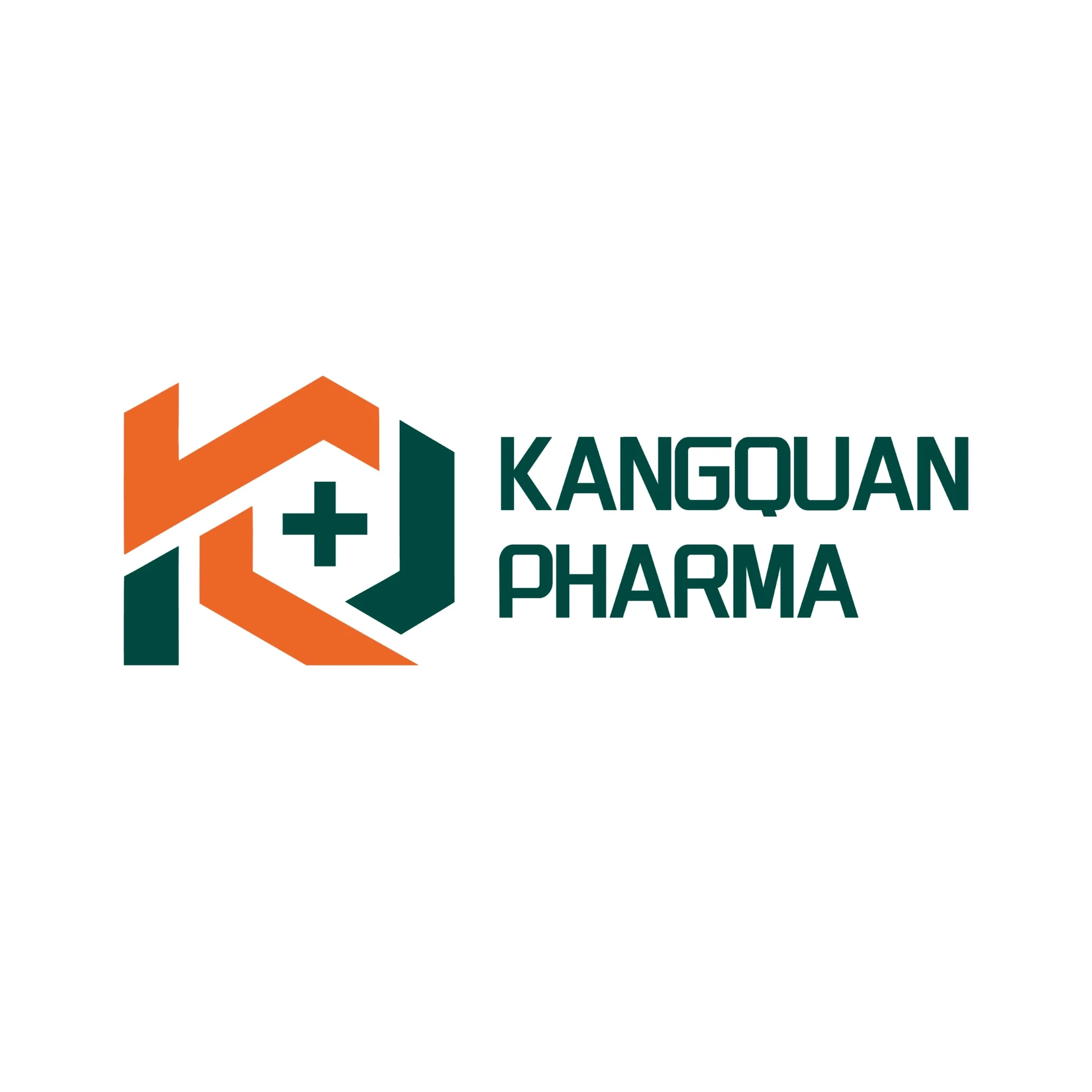- Afrikaans
- Albanian
- Amharic
- Arabic
- Armenian
- Azerbaijani
- Basque
- Belarusian
- Bengali
- Bosnian
- Bulgarian
- Catalan
- Cebuano
- Corsican
- Croatian
- Czech
- Danish
- Dutch
- English
- Esperanto
- Estonian
- Finnish
- French
- Frisian
- Galician
- Georgian
- German
- Greek
- Gujarati
- Haitian Creole
- hausa
- hawaiian
- Hebrew
- Hindi
- Miao
- Hungarian
- Icelandic
- igbo
- Indonesian
- irish
- Italian
- Japanese
- Javanese
- Kannada
- kazakh
- Khmer
- Rwandese
- Korean
- Kurdish
- Kyrgyz
- Lao
- Latin
- Latvian
- Lithuanian
- Luxembourgish
- Macedonian
- Malgashi
- Malay
- Malayalam
- Maltese
- Maori
- Marathi
- Mongolian
- Myanmar
- Nepali
- Norwegian
- Norwegian
- Occitan
- Pashto
- Persian
- Polish
- Portuguese
- Punjabi
- Romanian
- Russian
- Samoan
- Scottish Gaelic
- Serbian
- Sesotho
- Shona
- Sindhi
- Sinhala
- Slovak
- Slovenian
- Somali
- Spanish
- Sundanese
- Swahili
- Swedish
- Tagalog
- Tajik
- Tamil
- Tatar
- Telugu
- Thai
- Turkish
- Turkmen
- Ukrainian
- Urdu
- Uighur
- Uzbek
- Vietnamese
- Welsh
- Bantu
- Yiddish
- Yoruba
- Zulu
Nov . 06, 2024 18:59 Back to list
Effective Disinfectants for Veterinary Clinics and Animal Kennels to Ensure Optimal Hygiene
Understanding Vet and Kennel Disinfectants A Comprehensive Overview
In the realm of veterinary care and animal husbandry, maintaining a hygienic environment is crucial for the health and well-being of animals. Disinfectants play a pivotal role in achieving this goal, particularly in veterinary clinics and kennels where a variety of animals are housed and treated. This article delves into the importance of vet and kennel disinfectants, their types, usage, and best practices for effective sanitation.
The Importance of Disinfectants in Veterinary Settings
In any veterinary facility or kennel, animals are continuously exposed to various pathogens, including bacteria, viruses, and fungi. These microorganisms can cause serious health issues, not just for the animals but also for the staff and visitors. Disinfectants are essential tools in preventing the spread of these pathogens, thereby safeguarding the health of all individuals within the facility.
Disinfectants work by neutralizing or eliminating harmful microorganisms on surfaces and equipment. Regularly disinfecting surfaces such as cages, tables, and tools reduces the risk of infection, which is particularly vital in areas where sick or recovering animals are present. Moreover, in busy kennels, where multiple animals come in contact with shared spaces, the use of appropriate disinfectants is necessary to prevent the outbreak of diseases.
Types of Vet and Kennel Disinfectants
Vet and kennel disinfectants can be categorized into several groups based on their chemical composition and mechanism of action. Here are a few common types
1. Quaternary Ammonium Compounds (Quats) These are among the most common disinfectants used in veterinary settings. Quaternary ammonium compounds are effective against a broad spectrum of bacteria and some viruses. They are relatively safe on surfaces and often leave a residual antibacterial effect.
2. Phenolic Compounds These disinfectants are effective against bacteria, fungi, and viruses. They are often used in situations where heavy-duty disinfection is necessary, such as during outbreaks of contagious diseases.
3. Chlorine Compounds Calcium hypochlorite and sodium hypochlorite (bleach) are potent disinfectants that can kill a wide range of pathogens. However, they can be corrosive and may damage surfaces, so careful application and dilution are essential when using them.
4. Hydrogen Peroxide This disinfectant is effective against bacteria, viruses, and spores. It breaks down into water and oxygen post-application, making it an eco-friendly choice. However, its efficacy can vary depending on concentration and contact time.
vet and kennel disinfectant

5. Alcohols Ethyl and isopropyl alcohol are effective against many bacteria and viruses when used at concentrations of 70-90%. However, they evaporate quickly and may not be suitable for all surfaces.
Best Practices for Using Disinfectants
To maximize the effectiveness of disinfectants, follow these best practices
1. Pre-cleaning Before applying disinfectants, surfaces should be cleaned of dirt, organic material, and debris. Effective cleaning enhances the disinfectant's ability to work.
2. Dilution and Contact Time Always follow the manufacturer’s instructions regarding dilution and contact time. Insufficient contact time may lead to ineffective disinfection.
3. Surface Compatibility Ensure that the chosen disinfectant is compatible with the surfaces being treated. Some disinfectants can be corrosive or damaging to certain materials.
4. Personal Protective Equipment (PPE) When using disinfectants, it’s essential for staff to wear appropriate PPE, such as gloves, masks, and goggles, to protect against potential chemical hazards.
5. Regular Monitoring Regularly monitor the cleanliness and sanitation protocols within the facility. Establishing a routine schedule for cleaning and disinfection can help reduce the risk of pathogen spread.
Conclusion
In conclusion, vet and kennel disinfectants are indispensable in maintaining a safe and hygienic environment for animals and people alike. Understanding the various types of disinfectants available and adhering to best practices ensures effective sanitation. By prioritizing cleanliness, veterinary clinics and kennels can greatly enhance overall animal health and prevent the transmission of infectious diseases. Investing in proper sanitation protocols is not only a best practice but a responsibility toward the well-being of animals in our care.
-
Guide to Oxytetracycline Injection
NewsMar.27,2025
-
Guide to Colistin Sulphate
NewsMar.27,2025
-
Gentamicin Sulfate: Uses, Price, And Key Information
NewsMar.27,2025
-
Enrofloxacin Injection: Uses, Price, And Supplier Information
NewsMar.27,2025
-
Dexamethasone Sodium Phosphate Injection: Uses, Price, And Key Information
NewsMar.27,2025
-
Albendazole Tablet: Uses, Dosage, Cost, And Key Information
NewsMar.27,2025













